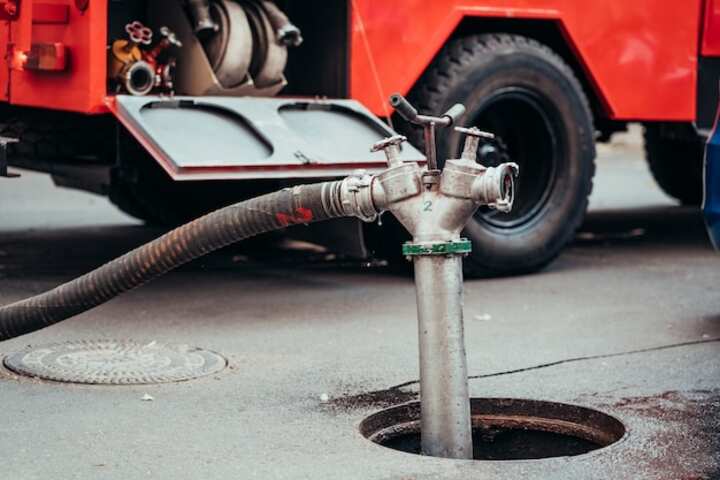
Essential Backflow Prevention Services Protecting Your Water Supply
Ensuring the safety and quality of water supply is a critical concern for residential and commercial properties alike. One of the most significant threats to water purity comes from backflow incidents, where contaminants may enter the potable water supply due to changes in pressure. Backflow prevention services are essential in safeguarding against these incidents, thereby protecting public health and maintaining compliance with health regulations.
Understanding Backflow and Its Risks
What is Backflow?
Backflow is an undesirable event in which water flows in the reverse direction within a plumbing system. This can happen when there is a significant change in water pressure, causing potentially contaminated water to enter the clean water supply.
Potential Risks of Backflow
- Contamination of drinking water with harmful bacteria and chemicals.
- Health hazards that can lead to illnesses or outbreaks.
- Legal and financial repercussions for failing to comply with safety regulations.
- Damage to plumbing systems and infrastructure.
Importance of Backflow Prevention Services
Backflow prevention services are crucial for ensuring that the integrity of the water supply remains intact. They involve the installation, testing, and maintenance of backflow prevention devices that prevent contaminated water from entering the public water system.
Key Components of Backflow Prevention Services
- Installation of Backflow Prevention Devices: These devices are installed at cross-connection points to prevent reverse water flow. Common devices include reduced pressure zone (RPZ) valves and double-check valve assemblies.
- Regular Testing: Periodic testing of backflow devices ensures they perform correctly and are compliant with local regulations.
- Routine Maintenance: Regular maintenance helps in identifying issues before they become significant problems, ensuring the continued safety and functionality of the water supply system.
For more in-depth information on backflow prevention and related services, read more about this topic.
Choosing the Right Backflow Prevention Services
Selecting the correct service provider for backflow prevention is essential to ensure the safety of the water supply. Consider the following when choosing a service:
- Certification and Licensing: Ensure the technicians are certified and licensed to perform backflow prevention services.
- Experience and Expertise: Look for providers with extensive experience and proven expertise in managing backflow prevention systems.
- Comprehensive Services: Opt for providers offering a full range of services, including installation, testing, maintenance, and emergency repairs.
- Compliance with Regulations: Verify that the provider follows all local and national regulations regarding backflow prevention.
To explore further insights into selecting the right services, learn more in this detailed guide.
Regulatory Compliance and Safety Standards
Compliance with regulatory standards is non-negotiable when it comes to backflow prevention. These standards are designed to protect public health and ensure the safe delivery of potable water:
- Health Department Regulations: Adherence to local health department guidelines is crucial for preventing potential health hazards.
- Plumbing Codes: Compliance with plumbing codes ensures all installations and maintenance meet the necessary safety standards.
- Annual Inspection Requirements: Many regions require annual inspections and certifications of backflow prevention devices to maintain compliance.
For additional information on regulatory compliance and safety standards, find additional information here.
Conclusion
Backflow prevention is a fundamental aspect of maintaining a safe and reliable water supply. By understanding the risks associated with backflow, the importance of prevention services, and the necessity of regulatory compliance, property owners can make informed decisions to protect their water systems. For those seeking more comprehensive guidance on backflow prevention, explore further insights here.